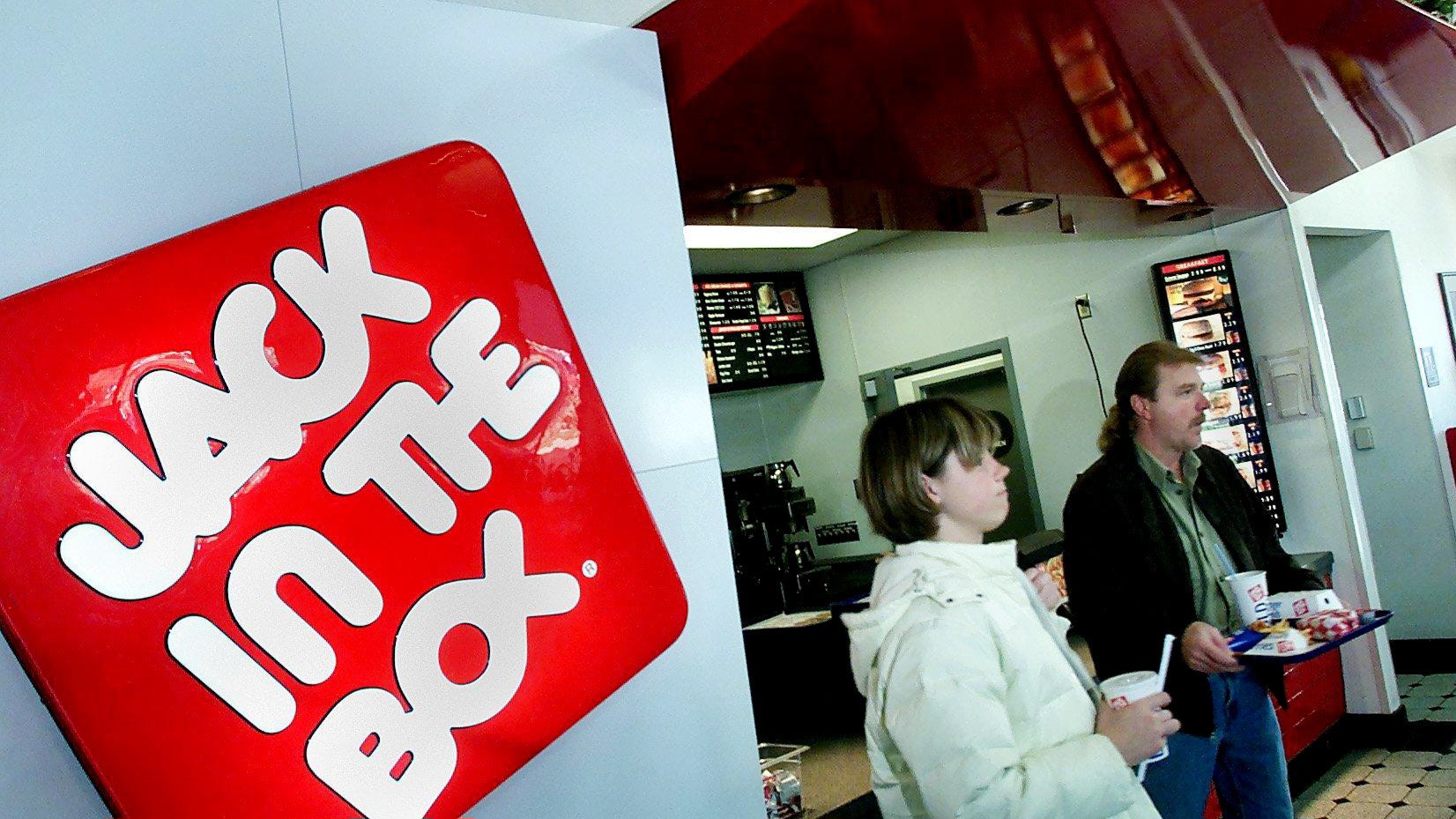
In commemoration of Billboard’s 60th anniversary, the editors of the magazine have listed the 100 “most massive artists” to hit the charts over the past six decades. Predictably the Beatles topped the list, followed by Madonna, with Elton John coming in at three. Elvis Presley followed at Number Four, and Mariah Carey at five. Honorable mention goes to Stevie Wonder who just missed the Top Five, coming in at number six.
The Top 25 ‘Most Massive Artists’ according to Billboard‘s chart calculations:
1. The Beatles
2. Madonna
3. Elton John
4. Elvis Presley
5. Mariah Carey
6. Stevie Wonder
7. Janet Jackson
8. Michael Jackson
9. Whitney Houston
10. Rihanna
11. The Rolling Stones
12. Paul McCartney
13. The Bee Gees
14. Usher
15. Chicago
16. The Supremes
17. Prince
18. Daryl Hall & John Oates
19. Rod Stewart
20. Olivia Newton-John
21. Drake
22. Aretha Franklin
23. Marvin Gaye
24. Taylor Swift
25. Katy Perry
George Harrison has explained that creating a new musical and aural template was the reason for the Beatles’ long hours in the studio: “A lot of the time was spent, actually, just trying to get sounds and trying to find sounds — invent them. Nowadays it’s pretty easy; in fact it’s too easy. There’s so many sounds available just by hittin’ a button. And all of these machines — because of some of those records in the ’60s — they invented machinery where you just switch it on and you instantly get an effect.”
During her 2008 induction into the Rock and Roll Hall of Fame, Madonna recalled her famous appearance rolling around onstage at the 1984 MTV Music Video Awards: “And then suddenly I got signed to Sire Records, and then suddenly I was rolling around on the floor at the MTV Awards with my ass hanging out. What nobody knows is that I lost one of my high heels and I dove to the ground to find it, and suddenly it was a dance move, yikes. And then I had to go backstage and look at my manager who’s white as a ghost, freaking out and telling me I just ruined my career. What did he know.”
Elton John told Pulse that he thrived on the demands in the 1970’s to constantly write, record, and tour behind new material: “I was under contract to do two albums a year, and we did it, and we did separate singles, we did separate B-sides and it was fun. If you love writing songs, there’s no reason why you cannot do that.”
Way back in 1983, while Thriller was still riding high during its astounding 37 weeks on top of the Billboard album charts, Michael Jackson spoke about the album’s success: “Every time I get a platinum album, uh, it’s never taken lightly on my behalf. I’m always honored and it’s great thanks (from the fans). I’m very happy that the public enjoy what I do and I’ll continue to put my heart into my work.”
John Mellencamp explained that his love and admiration for Elvis Presley’s golden era carried him through his ’60s slump: “I started enjoying music at a very young age — and my parents were very young. It’s a little embarrassing to say, but my parents have a picture of me when I was probably about five or six and I had sideburns taped on to try to look like Elvis. So I remember when he was rebellious and they wouldn’t show him from the waist down, so the fact that he grew up to be something that was not hip at the time really had no effect on me, because the first cut was the deepest with that guy.”
After scoring no less than eight Grammy Awards for his two previous albums; 1973’s Innervisions and 1974’s Fulfillingness’ First Finale — both of which earned the prestigious Album Of The Yearprize — Stevie Wonder was able to push the musical and commercial boundaries surrounding him. “When I worked on Songs In The Key Of Life, when I decided even against the many people that felt it was not a smart idea to release a double album, but there were those that felt — ‘y’know, yeah, but, y’know, it’s time.’ They didn’t know where it was gonna go and what it was gonna do. And I can’t tell you that I knew (laughs) where it was going to go, either. I went on faith. I believed that God would give me the songs, the music, the ideas and, so I went out, really, on faith and in believing that there was a lot needing to be said and there was a lot I wanted to say.”
SIDE NOTES – via Billboard.com
Methodology for the rankings:
- The Greatest of All-Time 60th Anniversary Billboard Hot 100 Songs and Artists rankings are based on weekly performance on the Hot 100 (from its inception on August 4th, 1958, through July 21st, 2018).
- Songs are ranked based on an inverse point system, with weeks at Number One earning the greatest value and weeks at lower spots earning the least.
- Due to changes in chart methodology over the years, eras are weighted differently to account for chart turnover rates during various periods.
- Artists are ranked based on a formula blending performance, as outlined above, of all of theirHot 100 chart entries.












